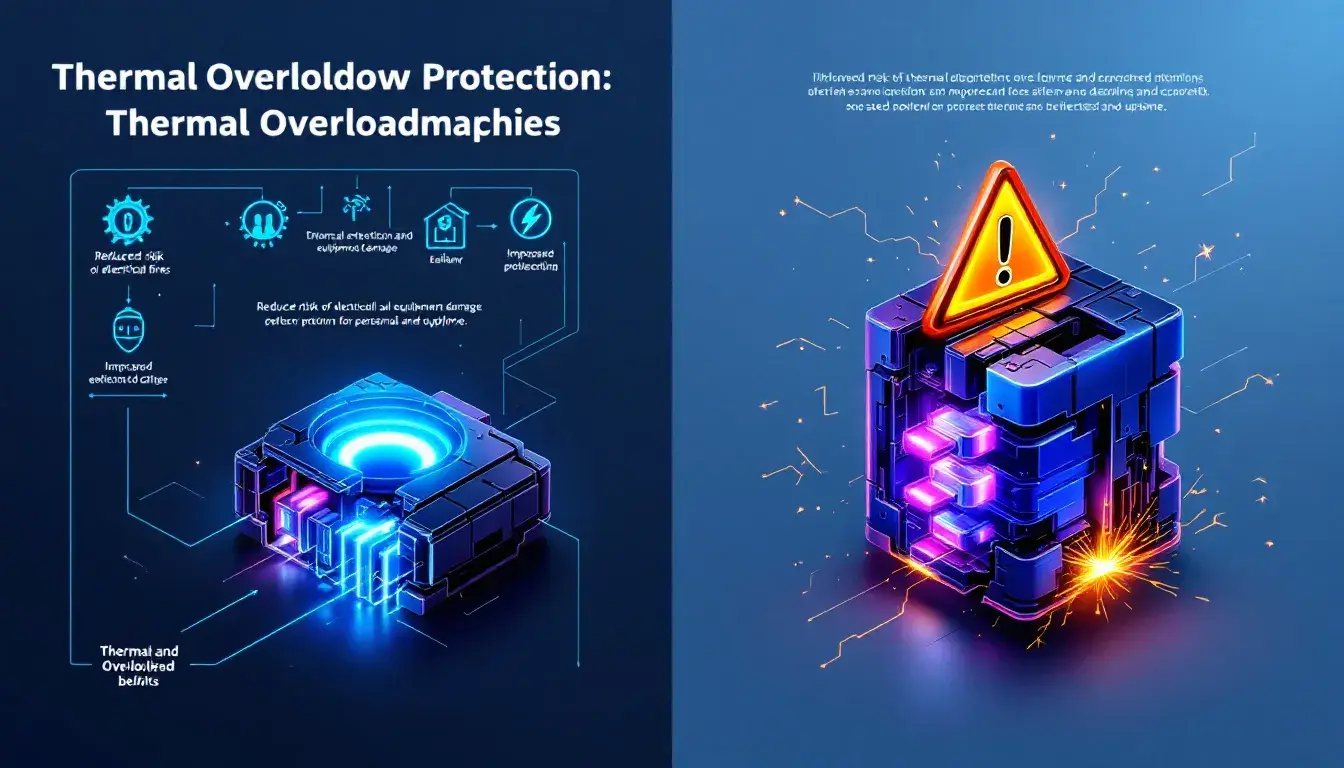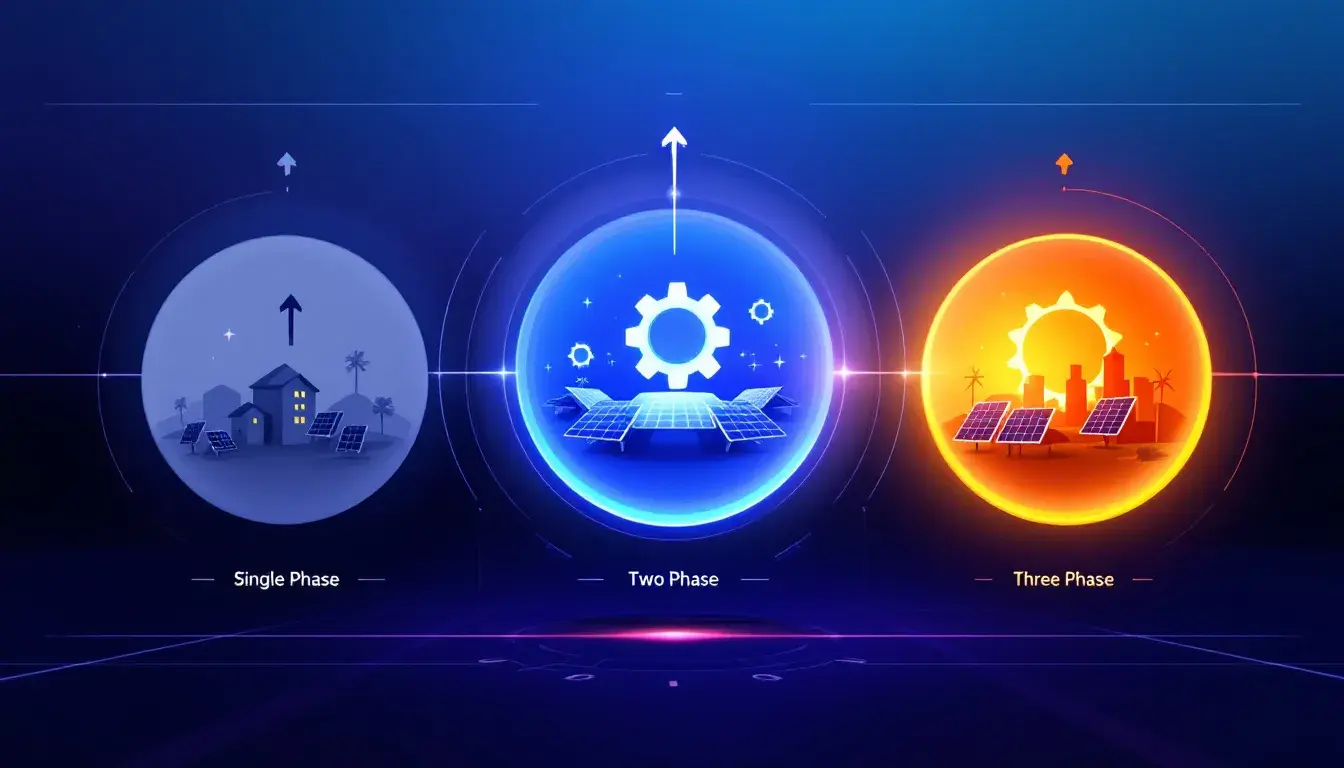Everything You Need to Know About solar charge Controller
Table of Contents
ToggleA primary function of a solar battery charger is to protect the battery from overcharge damage. It does this by controlling how much power is sent into the cell, turning it into manageable pulses of electricity that the battery can handle better.
Solar battery charge controllers can be used to charge batteries with a variety of voltages. While basic models support input voltages from 12-24 volts, more expensive models often have an upper limit of 72 volts.
What is a Solar Charge Controller?
A solar charge Controller is an electronic device that connects the DC output of a solar panel to a battery. It regulates the voltage and current so as not to overcharge or discharge the battery, detects when it’s low, and disconnects the load in order to prevent draining the battery completely.
When selecting a charge controller for your solar panels, the size and voltage must be taken into consideration. Two primary types are PWM and MPPT, with PWM being the more cost-effective choice.
Selecting the ideal solar charge controller is essential for system performance, yet it can be intimidating with so many choices available on the market. The most popular types of charge controllers include 1- or 2-stage, PWM (PowerPoint modulation), and MPPT (maximum power point tracking).
Types of Solar Charge Controllers
Solar charge Controllers are essential components of any off-grid solar system. They protect the battery from becoming overcharged or discharged, which could result in serious damage to its internals and electrical components.
Different solar charge controllers come with their own features, making it important to identify which type you have before trying to troubleshoot or comprehend its operation. Knowing your charger type allows for quicker diagnosis of issues and a better understanding of its capabilities.
- Shunt Type
Shunt type charge controllers, commonly used in smaller solar systems, allow energy from the array into batteries. It functions like an ON/OFF switch that activates or disables charging when certain levels of voltage are reached.
Another popular shunt controller is a two-stage design, which permits full array current until the battery voltage drops below its regulation set point. After that, only a limited constant current can flow for either an extended period of time or until load demand returns the voltage back up to its reconnect point, at which time the controller begins charging again.
- Pulse-Width Modulation (PWM)
Solar charge controllers utilize pulse-width modulation (PWM) technology to regulate the amount of current flowing from a solar panel to the battery. It’s like turning on and off an extremely fast switch.
The PWM process can improve the efficiency of charging your battery, particularly at low voltages. It may also assist in combatting sulfation within cells.
- Maximum Power Point Tracking (MPPT)
MPPT (Maximum Power Point Tracking) is an innovative technology designed to maximize energy extraction under various circumstances. It does this by detecting the optimal voltage and current at which solar panels produce the maximum power output.
MPPT charge controllers are DC-to-DC converters that precisely match the voltage and current between a PV solar panel and battery. They optimize solar panel output while increasing system efficiency, particularly under variable weather conditions or long wire runs.
Uses of Solar Charge Controller
Solar charge controllers come in two primary varieties: PWM and MPPT. Generally speaking, the former is more cost-effective and straightforward, while the latter provides greater efficiency.
Simple PWM (pulse width modulation) controllers use a direct connection from the solar array to the battery and utilize an electronic rapid switch for controlling charging. The switch opens and closes rapidly (hundreds of times per second) in order to modulate current flow while keeping the battery’s voltage constant.
This method may work, but it pulls the solar panel voltage down to match the battery voltage, drastically decreasing power output. For optimal results, use an MPPT (Maximum Power Point Tracking) solar charge controller, which strives to maintain as high a solar panel voltage as possible so that more energy can be generated by it.
Some charge controllers also have the capacity to monitor battery voltage, state of charge, and amps coming from solar arrays so that they can detect any problems with the system and take appropriate actions. This feature is especially beneficial for off-grid setups.
Working Principles of Solar Charge Controller
Solar charge controllers optimize the charging process for solar panels and battery systems to prevent overcharging or discharging, which could permanently damage batteries. They also monitor voltage and adjust current accordingly, maintaining it at an ideal level.
Solar charge controllers come in two primary forms: PWM (pulse width modulation) and MPPT (maximum power point tracking). While PWM controllers tend to be cheaper, their performance may be limited due to wasted electricity.
MPPT charge controllers are more efficient and suitable for larger solar energy systems. They use maximum power point tracking technology to measure the output from a solar panel and convert it into currents and voltage that are optimally suited to a battery’s needs.
Advantages and Importance of Solar Charge Controller
A Solar Charge Controller is an essential element of any solar system. They control the flow of current from a panel or array to your battery, as well as provide protection from electrical overload.
- Low Voltage Disconnect
Low Voltage Disconnect (LVD) is a battery safety feature designed to prevent batteries from going completely flat and damaging them. Battle Born lithium batteries come equipped with this LVD built into their management system, programmed to disconnect the battery when its voltage drops below 10 volts in order to safeguard it from damage.
A solar charge controller is an essential element of a home solar system. It controls the current and voltage going from your photovoltaic system to the batteries, protecting them from being overcharged or discharged.
- Overload Protection
Solar charge controllers are essential components of a battery-based renewable energy system. They monitor the voltage and current in the battery, providing power as needed while also preventing drainage.
They also prevent overvoltage from occurring, which can damage batteries and hasten their deterioration. Overvoltage occurs when the wires between the panel and batteries become overloaded or short-circuited, allowing high voltage to flow freely between them.
- Reverse Current Blockage
Solar charge controllers help maintain battery power by using a voltage regulator to regulate the current flowing from solar panels to batteries. Without one, some of this current may be passed in reverse and cause a slight discharge of the battery.
Reverse bias bypass diodes are also used in solar systems to minimize power loss when shaded cells produce less or no current. These diodes are connected in parallel across the photovoltaic cells for improved efficiency.
- MPPT
MPPT (Maximum Power Point Tracking) is an essential technique used by solar charge controllers. This regulates the incoming voltage from a solar panel into a more steady and usable level that can be accepted by your battery.
The MPPT can also monitor reverse current flow, helping prevent overcharging and damage to batteries. Batteries have rated capacities for their voltage capacity; overloading them could result in permanent damage as well as reduced efficiency.
If you wanna know more about the Importance of Solar Charge Controllers, please click here.
TOSUNlux offers a range of products for renewable energy needs, from solar panels and inverters to chargers and power conditioners. Plus, their platinum protection packages guarantee energy output for 25 years, so you can rest assured knowing your system is secure and functioning optimally. With TOSUNlux, you won’t have to worry about anything – rest easy knowing your system is in safe hands!
Tel: +86-577-88671000
E-mail: ceo@tosun.com
Skype: tosunelectric
Wechat: +86-139 6881 9286
WhatsApp: +86-139 0587 7291
Address: Room No.1001 Wenzhou Fortune Center,Station Road, Wenzhou, China
REQUEST A QUOTE
WhatsApp us
 : +86-139 0587 7291
: +86-139 0587 7291 English
English Español
Español Русский
Русский Français
Français العربية
العربية Português do Brasil
Português do Brasil Українська
Українська Türkçe
Türkçe Polski
Polski Nederlands
Nederlands Italiano
Italiano Bahasa Indonesia
Bahasa Indonesia हिन्दी
हिन्दी اردو
اردو አማርኛ
አማርኛ Հայերեն
Հայերեն ไทย
ไทย Монгол
Монгол فارسی
فارسی Shqip
Shqip Ελληνικά
Ελληνικά



